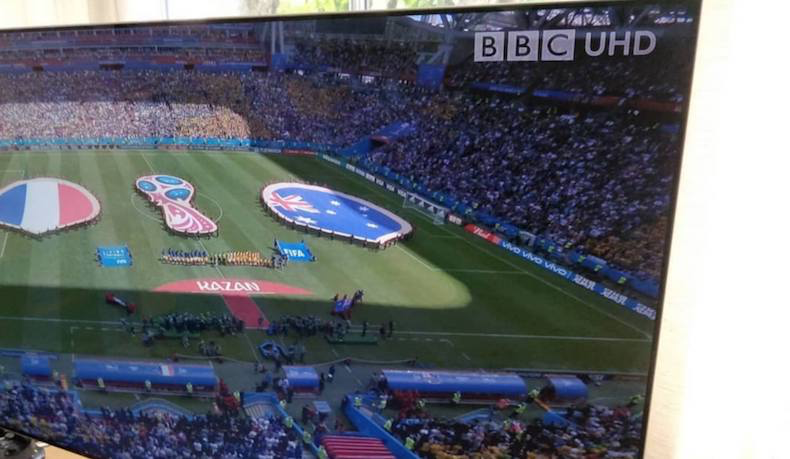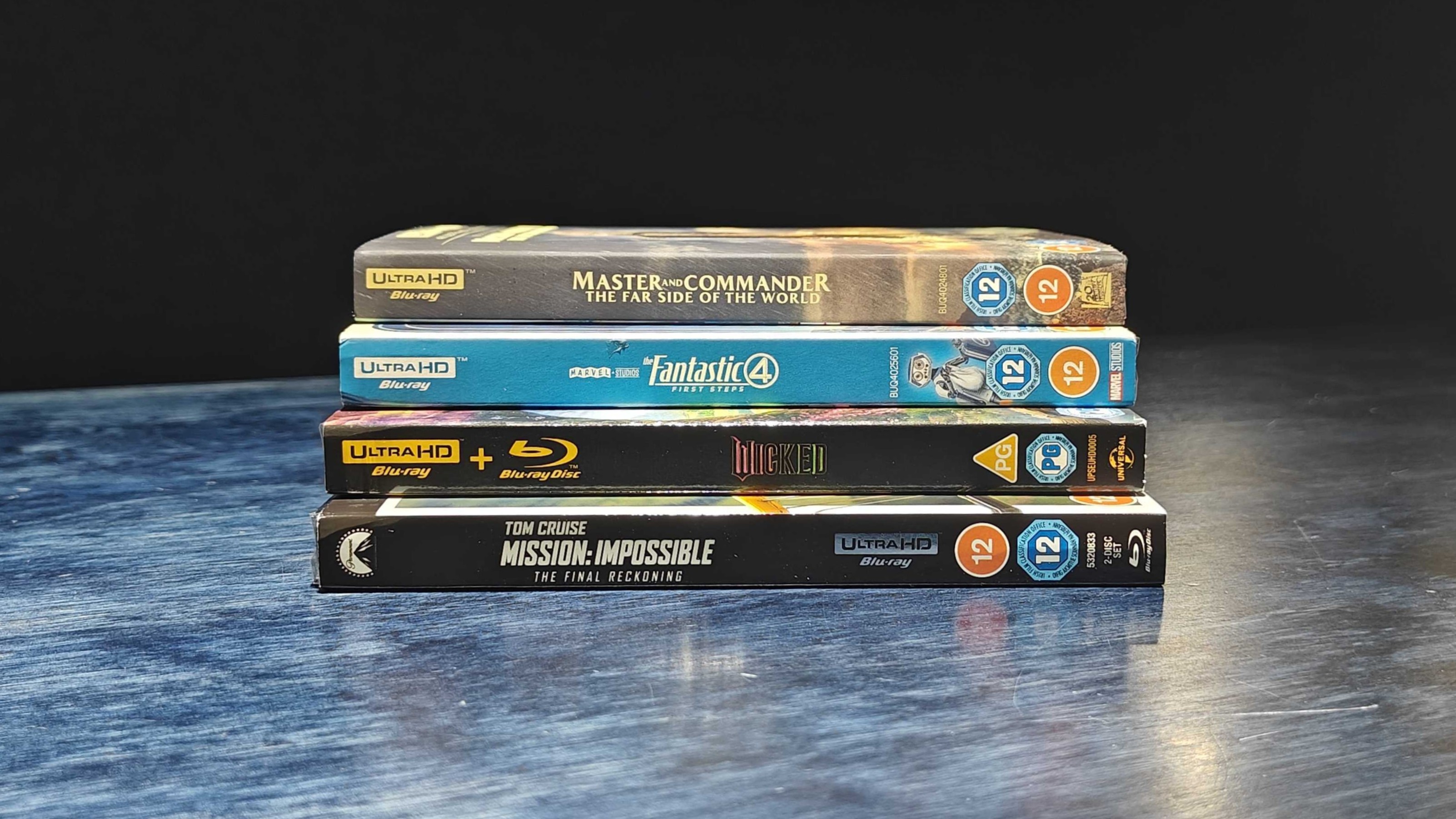BBC advances 4K HDR broadcast production for FA Cup Final
Saturday's final marked the first time the BBC 4K trials used a single production workflow

Saturday’s Emirates FA Cup Final not only marked the first time an English men’s side has won the Premier League, FA Cup and Carabao Cup in the same season, but also the first time the BBC has broadcast both in HD SDR and 4K HDR using a single production workflow.
Until then, the BBC’s live Ultra HD trials - which have included last year's FIFA World Cup and Wimbledon tennis, all hosted on its iPlayer service - have required two production processes: one for the standard HD broadcast in Standard Dynamic Range, and another for the UHD broadcast in High Dynamic Range.
“People are racking [i.e. shading] the cameras in SDR, then they’re being converted into HDR. We’d like it to be the other way round,” said Simon Thompson, BBC project R&D engineer, of the process last year.
“In the long term, we want to go to a full HDR workflow [where you can grab the BT.2020 colour space and the dynamic range] and just take a down conversion off the HDR rather than working in dual mode in the truck - but that’s not possible for the moment.”
Well, now, a year later, that more efficient workflow has been realised by the BBC’s R&D department, in collaboration with Outside Broadcast truck firm Arena Television. For the FA Cup Final, a HD SDR broadcast was obtained from a main 4K HDR master feed, as explained by Sports Video Group Europe.
The report quotes Andrew Cotton, principal technologist within BBC R&D's Broadcast & Connected Systems Section, who on the eve of the final said to SVG Europe: “We’ve got to protect the HD SDR viewers because there are the most eyeballs in front of those screens.”
“But clearly we want to deliver a great UHD HDR experience for those watching that signal as well. Most UHD cameras have both an HDR and an SDR output and those two outputs have been effectively been passed through parallel production workflows. It has worked but it’s an extremely complicated and costly workflow because you need twice as much equipment and timing up the different signals is more complicated. It’s a complete nightmare.
The latest hi-fi, home cinema and tech news, reviews, buying advice and deals, direct to your inbox.
“For this to take off at scale we need to have a single production workflow and we need to be able to generate an HD-SDR output from a primary UHD-HDR signal. We now feel that we’ve reached that stage.”
With this cheaper, more time-efficient way of working now conceivable, then, it’s onwards and upwards for 4K’s live iPlayer trials. We can't wait to hear what's next in store.
MORE:
BBC iPlayer 4K: Everything we know about 4K on the BBC

Becky is a hi-fi, AV and technology journalist, formerly the Managing Editor at What Hi-Fi? and Editor of Australian Hi-Fi and Audio Esoterica magazines. With over twelve years of journalism experience in the hi-fi industry, she has reviewed all manner of audio gear, from budget amplifiers to high-end speakers, and particularly specialises in headphones and head-fi devices.
In her spare time, Becky can often be found running, watching Liverpool FC and horror movies, and hunting for gluten-free cake.
